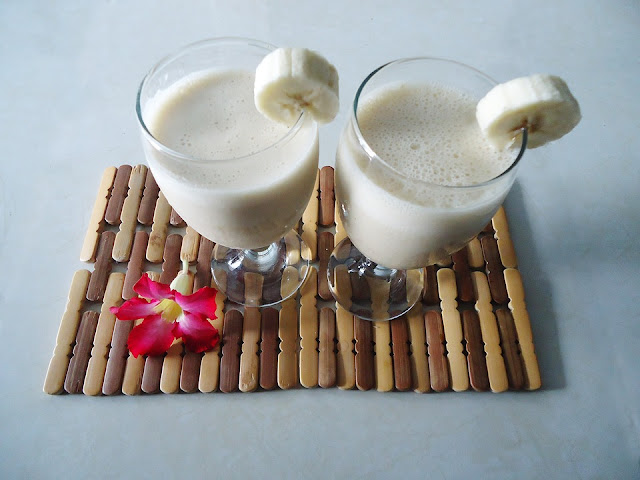Henna
Did you know that the much touted Henna (used for hair treatments and coloring) is Nigerian “Lali” that has been used for years in drawing intricate patterns on the hands and feet of ladies during weddings and ceremonies in most part of Nigeria. I myself never knew that the henna,which is the major content of Nature Vital Hair Mask.
The henna plant is native to northern Africa, western and southern Asia,in semi-arid zones and tropical areas. It produces the most dye when grown in temperatures between 35 and 45 °C (95 and 113 °F
Henna has been used since the Bronze age to dye skin , hair, fingernails, leather, silk and wool. In several parts of the world it is traditionally used in various festivals and celebrations. It was listed in the medical texts as a medicinal herb.
Use of henna for body art has enjoyed a recent renaissance due to improvements in cultivation, processing, and the emigration of people from traditional henna-using regions.
For skin dyeing, a paste of ground henna (either prepared from a dried powder or from fresh ground leaves) is placed in contact with the skin from a few hours to overnight. Henna stains can last a few days to a month depending on the quality of the paste, individual skin type, and how long the paste is allowed to stay on the skin.
Henna also acts as an anti-fungal and a preservative for leather and cloth.
Henna flowers have been used to create perfume since ancient times, and henna perfume is experiencing a resurgence. Henna repels some insect pests and mildew.
Henna's coloring properties are due to Laws one, a burgundy organic compound that has an affinity for bonding with protein . Lawsone is primarily concentrated in the leaves, especially in the petioles of the leaf.

Comments